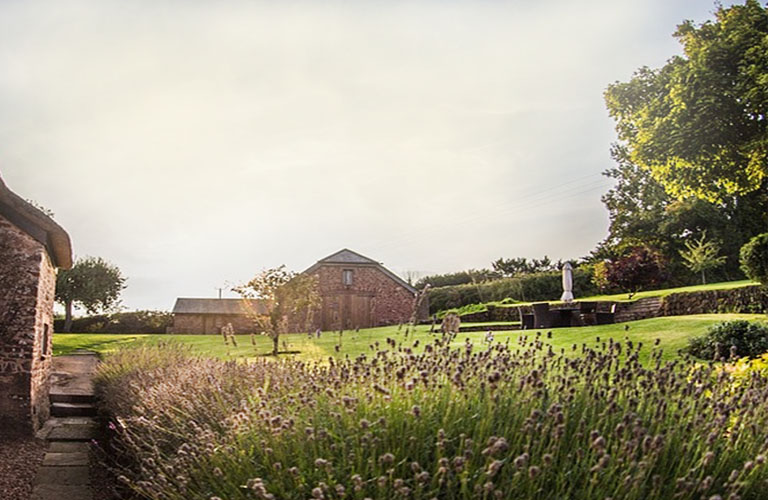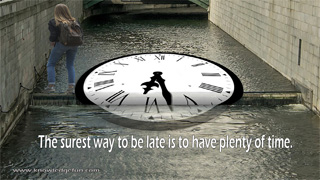Landscaping
The Basic of Backyard Landscaping
You want to transform your own backyard into the kind of space you've always dreamed of. So, what is the first step? Well, whether you are creating an entire backyard landscape design from "the ground up" or altering an existing site, planning is crucial first step. First, determine the size of the site you want and make a list of the things you want to include and enjoy in your new backyard. Think about atmosphere you hope to create in your garden.
Ask yourself and your partner some important questions like:
All these factors will play and important part in your landscaping planning. Keep in mind that most successful landscapes require only couple focal points or one or two main points, depending on lot and size. Plan a landscape that will establish and maintain easily on your site. Nowadays, the trend of using materials that are as natural and even rustic as possible is on the rise, and the backyard landscaping is no exception to this. Don't forget to include cost of landscaping alteration in your plan. Landscape alteration can include removal of larger plants like shrubs and trees that are not easily mowed, dug up and moved, or smothered with mulches and some other unwanted materials or soil.
Find some landscaping books, magazines or use Internet to get more ideas for your blueprint. Your neighbors' or friends' backyards are also full of good ideas. Seeking expert advice for your landscaping is also a good idea. Have conversation with some professional landscapers and ask for suggestions, solutions and cost involved for your backyard plan. Depending on the nature of your backyard, type of project and your budget, you will have to decide on the type of help needed.
With your wish list done and backyard blueprint ready, it is time to start thinking about layout. With wood stakes and some string, map out where you want that focal points you dream about. Don't forget to make plans for your shady trees, gazebo, tool shed, patio and everything else you want in your garden. Don't try to go full "extreme makeover" on your first landscaping. Go slowly and enjoy the process, some improved ideas may come even while you're at it. Sometimes you will need to change initial ideas because you don't have enough space or it doesn't look attractive any more.

If you are good in drawing, you can make your layout plan on paper, but keep in mind that you have to draw your plan to scale, otherwise it will not work.
When working with an established landscape, it may be best to start in a small area and then expand. Take some time to learn about plant life, soil, and gardening techniques you will need to know for preserving and maintaining. If you don't have a lot of time for trimming, pruning, weeding, mowing or other required maintenance, you're probably better off with low maintenance plants and shrubbery.
Try to use nonchemical techniques to prepare your site for landscaping. Costs are minimized, the site is healthy, and the risk of exposing yourself or the environment to a harmful pesticide is eliminated. Learn how to prepare a landscape site without chemicals...





